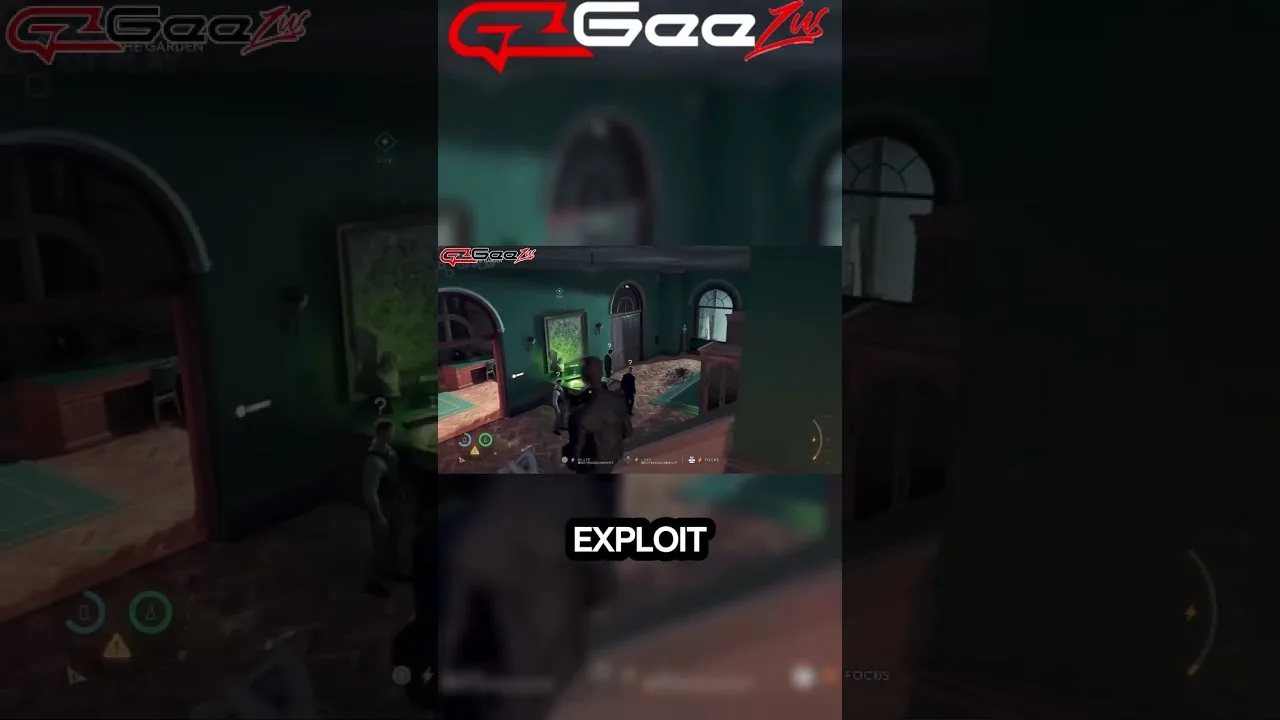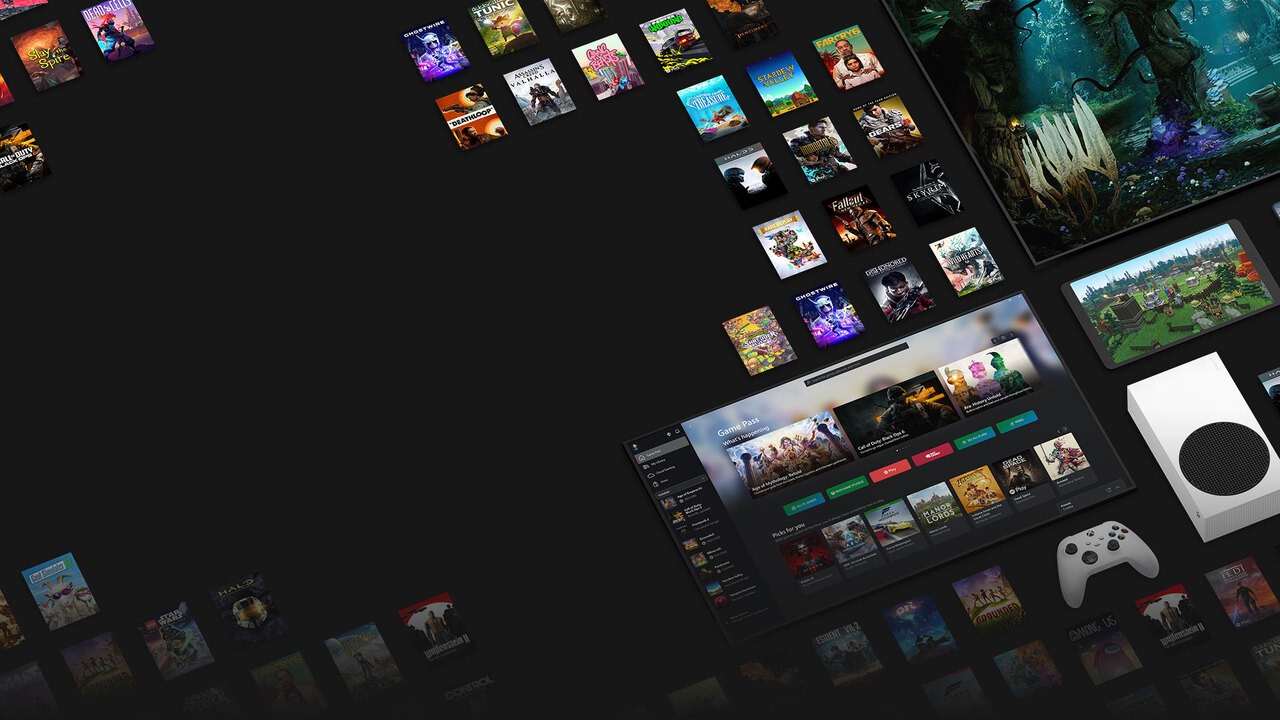
Xbox Game Pass and Activision – My 25 Cents on why the synergy has unexpectedly lacked
When Microsoft finalized its $75.4 billion acquisition of Activision Blizzard King (ABK) in October 2023, the gaming world braced for a seismic shift. With titanic IPs like Call of Duty, Diablo, Overwatch, Crash Bandicoot, and… Xbox Game Pass and Activision – My 25 Cents on why the synergy has unexpectedly lacked
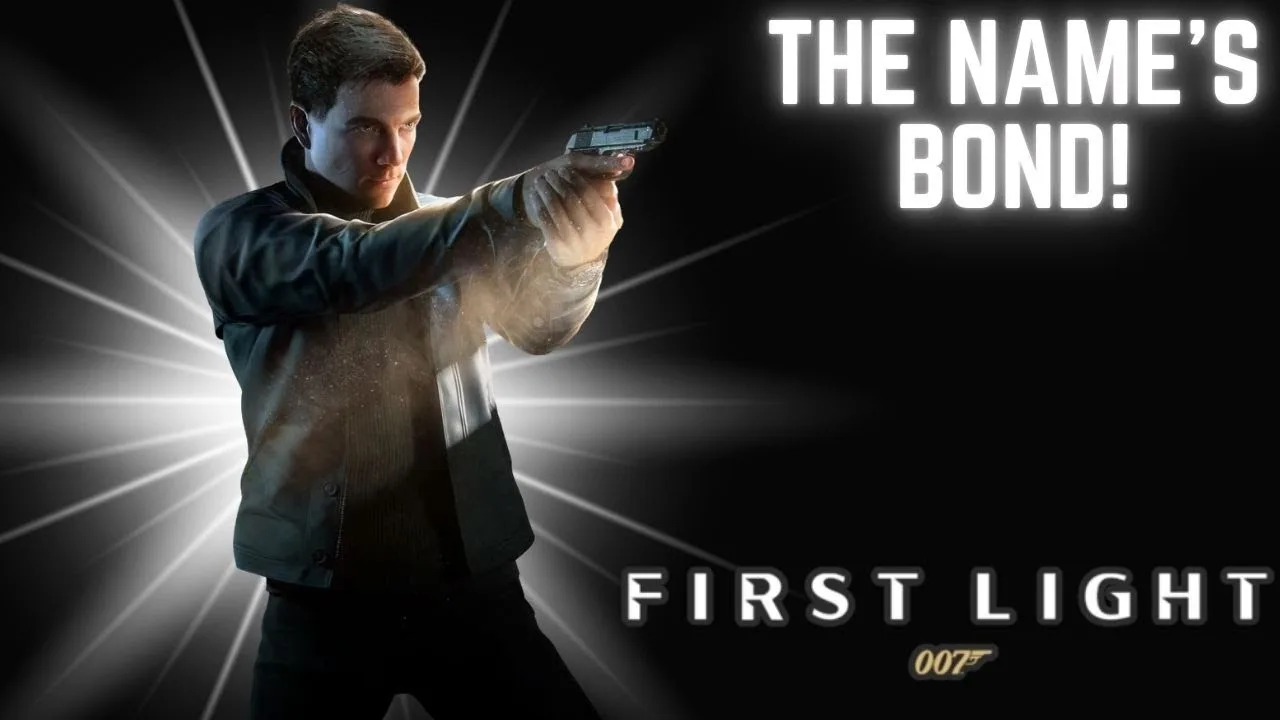
Is 007 First Light A Technical Masterpiece?
Get your Q-gadgets ready for a technical deep dive into IO Interactive’s new James Bond game, #007firstlight (Formerly Project 007). In this gameplay breakdown, we analyze every mechanic revealed in the world premiere, from advanced… Is 007 First Light A Technical Masterpiece?
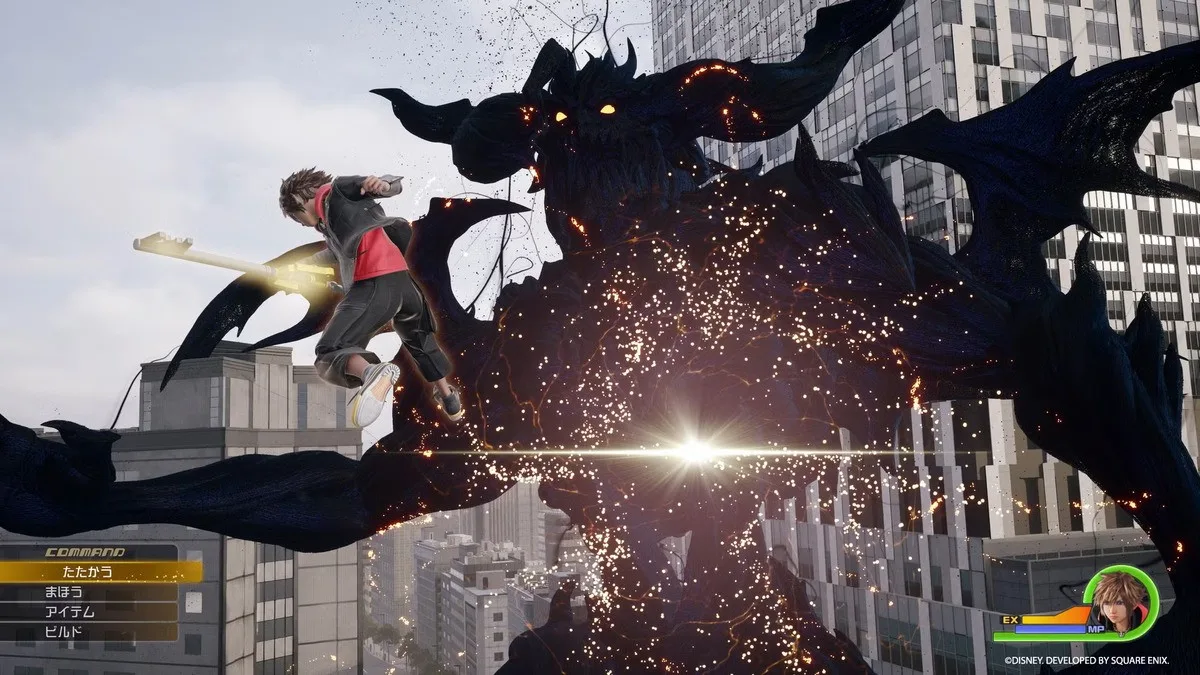
Kingdom Hearts IV is still in progress despite the constant noisy silence
When Square Enix first revealed Kingdom Hearts IV during the franchise’s 20th anniversary celebration in April 2022, fans were electrified. The teaser showed Sora awakening in a hyper-realistic city called Quadratum, a stark departure from… Kingdom Hearts IV is still in progress despite the constant noisy silence
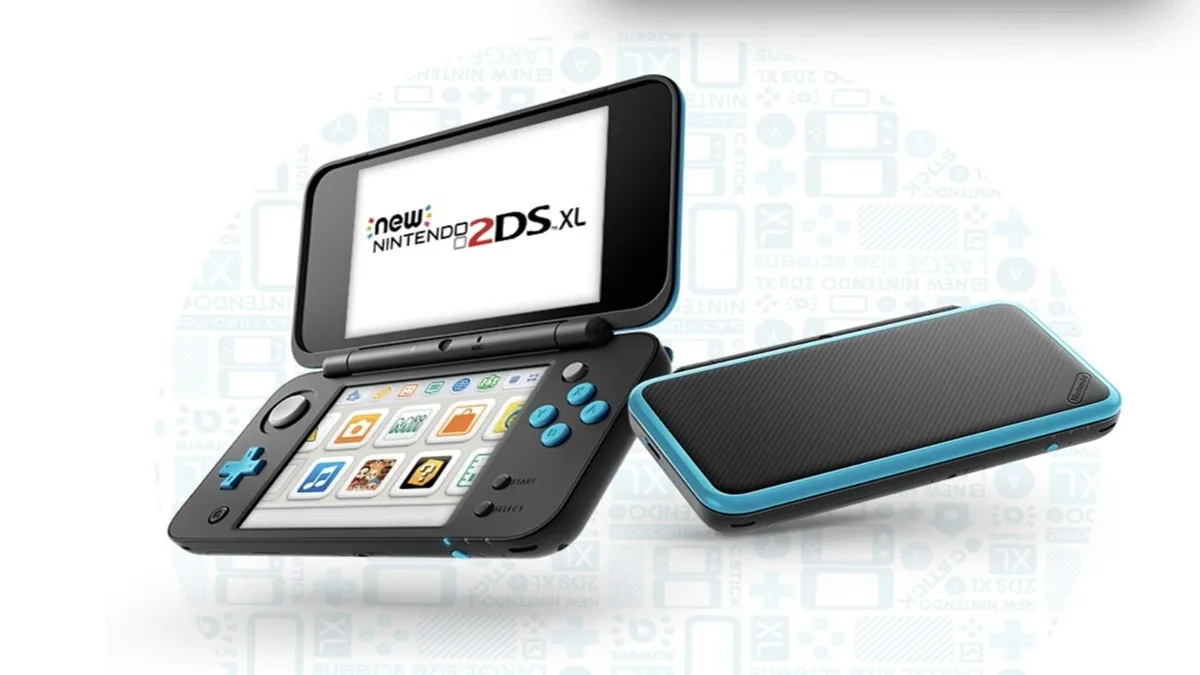
The Final Shutdown: Nintendo Ends Repair Support for the New 2DS XL
As of September 4, 2025, Nintendo has officially ended repair support for the New Nintendo 2DS XL, marking the final chapter in the company’s long goodbye to the 3DS family. With this move, all models… The Final Shutdown: Nintendo Ends Repair Support for the New 2DS XL
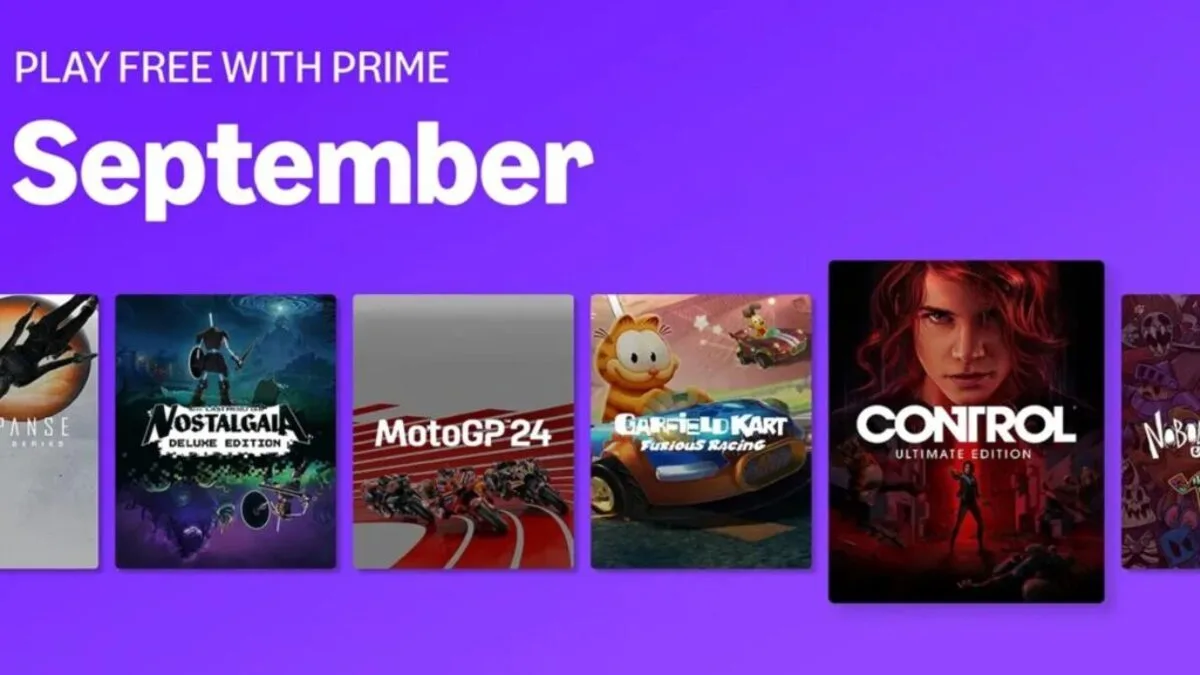
Amazon Prime Gaming’s September 2025 Lineup: A Legacy Play with Civilization IV at the Helm
Amazon Prime Gaming has unveiled its September 2025 collection, and it’s a curated blend of strategy, nostalgia, and indie charm. Headlining the list is none other than Sid Meier’s Civilization IV: The Complete Edition, a… Amazon Prime Gaming’s September 2025 Lineup: A Legacy Play with Civilization IV at the Helm
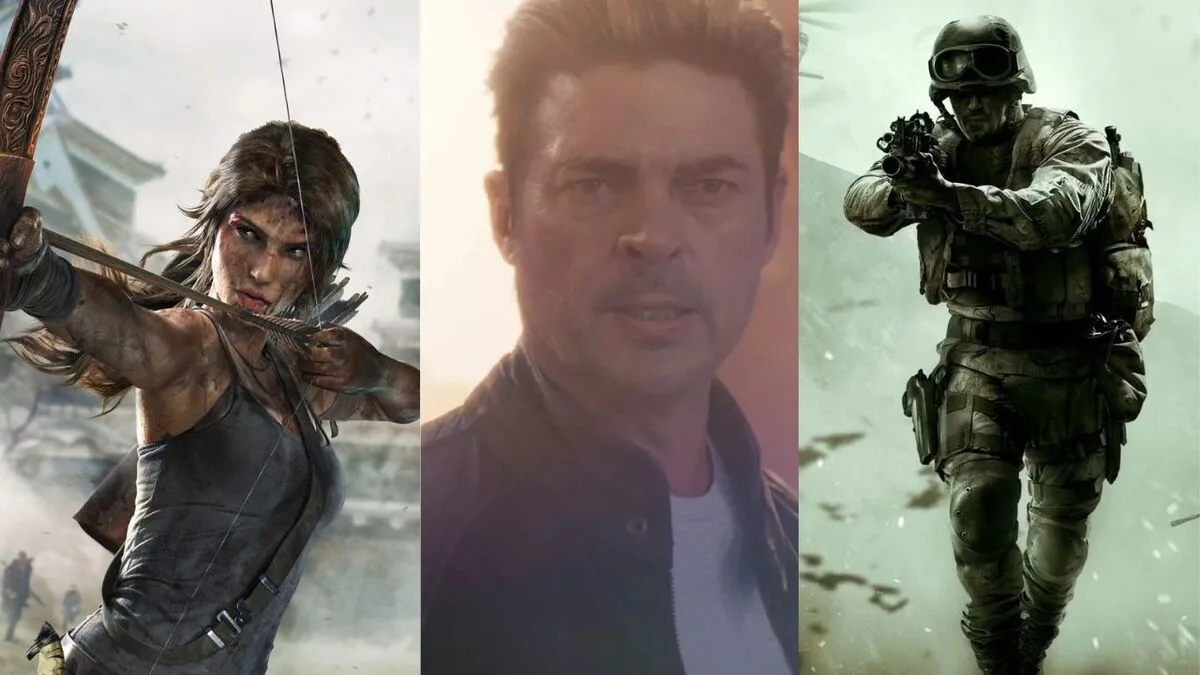
A notable week for gaming productions at Hollywood!
The intersection of gaming and cinematic storytelling is heating up in 2025, with major studios doubling down on beloved franchises. From Lara Croft’s return to the silver screen to the long-awaited Call of Duty adaptation,… A notable week for gaming productions at Hollywood!
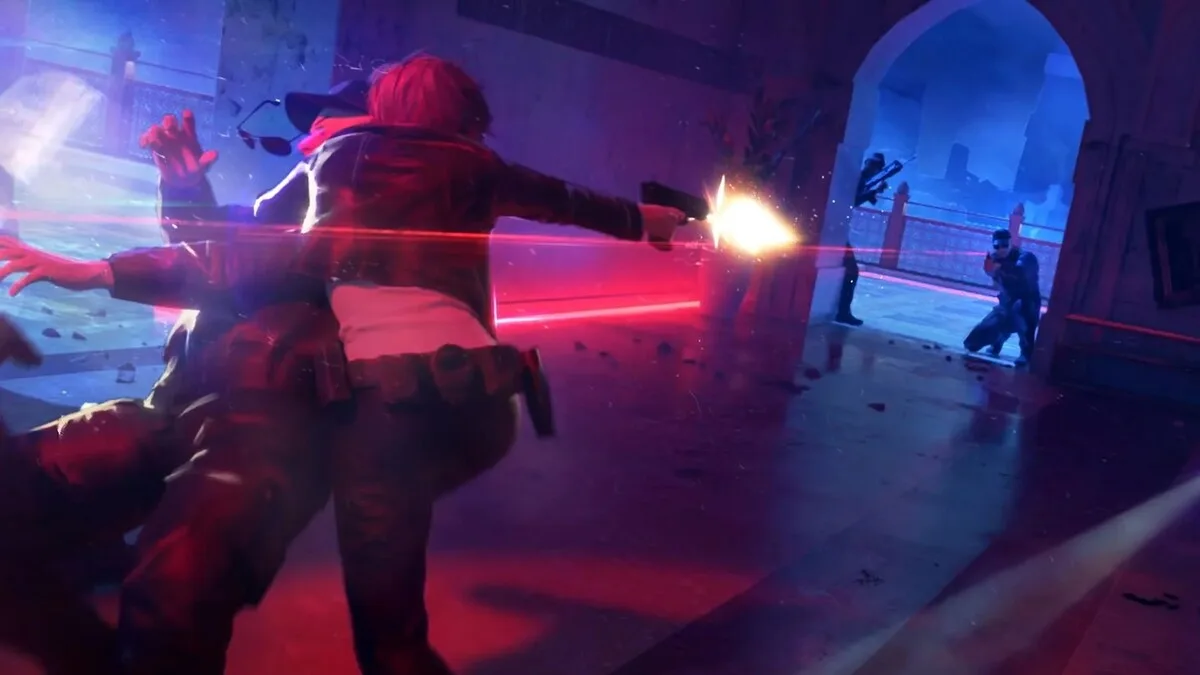
Report: Microsoft & Crystal Dynamics tried to save Perfect Dark
When Xbox announced the return of Perfect Dark in 2020, it wasn’t just another franchise revival — it was a statement. The Initiative, Microsoft’s then-new “AAAA” studio, was positioned as a dream team of industry… Report: Microsoft & Crystal Dynamics tried to save Perfect Dark
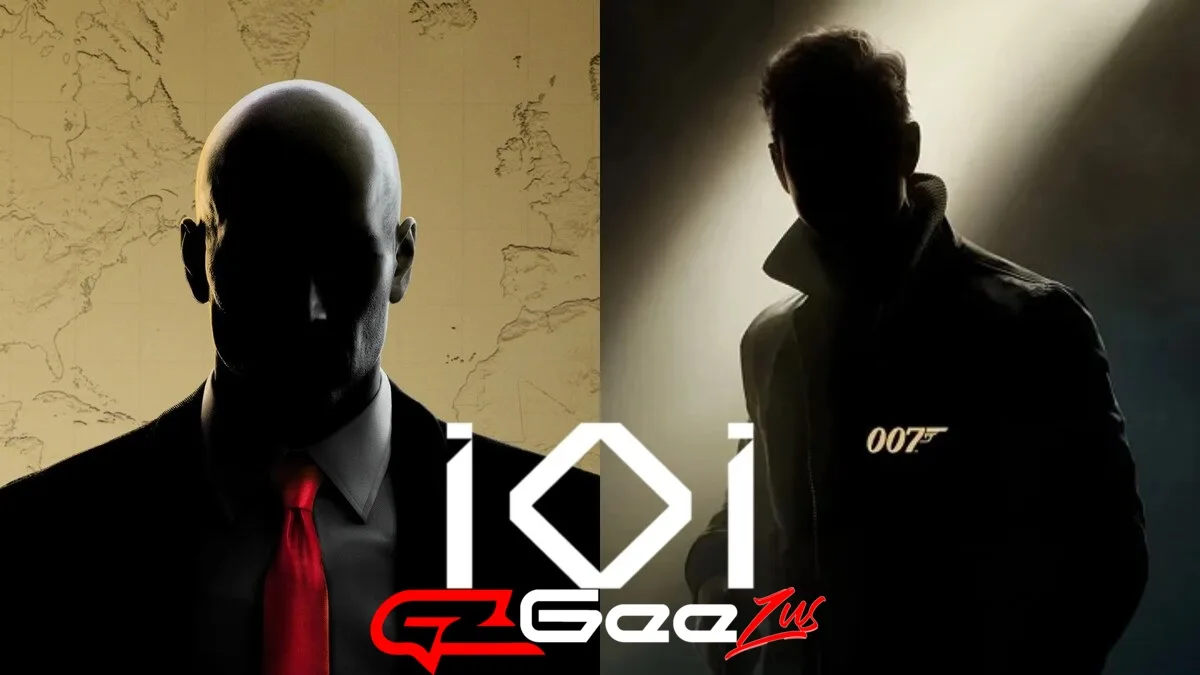
GeeZus Gaming recruited to IO Interactive Creator Program
As I teased yesterday in my social and I think it is safe to finally announce, that I’m honored to share that I’ve officially joined the IO Interactive Creator Program—a space where storytelling, stealth, and… GeeZus Gaming recruited to IO Interactive Creator Program
